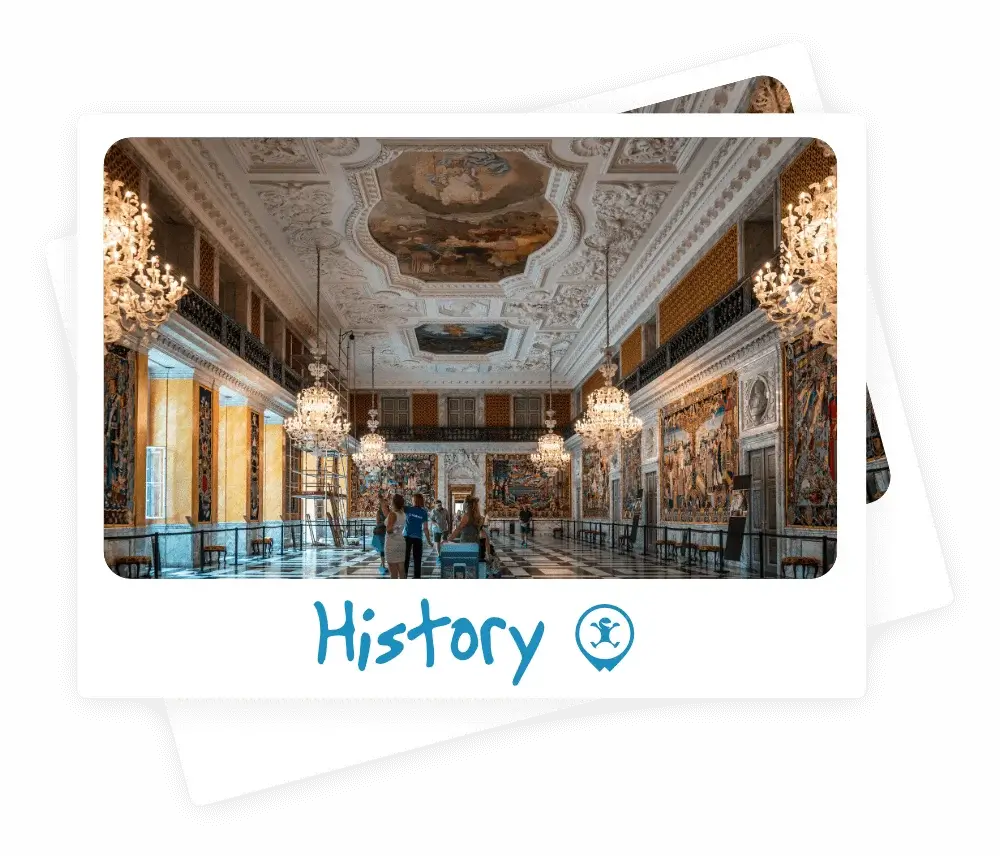History of Scandinavia
We don’t want to give it all away, but no doubt you’ll have heard a lot about this influential part of the world. Luckily you’ll have us to guide you as you learn about the history in Scandinavia.
What happened in Scandinavia?
Well… there’s lots to tell, and the rich history of this region has to be seen to be believed. Luckily the capitals of Stockholm, Oslo and Copenhagen are the perfect place for those secrets to be revealed.
Stockholm’s medieval beginnings can be imagined as stories unfold when walking the labyrinth of enchanting cobbled streets, alleyways, picturesque squares and rustic townhouses. Described as the ‘Venice of the North’ the 14 islands, connected by 57 bridges has an exciting history as a trading hub for foreign goods and merchants with the city’s prosperity coinciding with a period of extraordinary growth. Stockholm expanded during the 1600s with Sweden’s rise as a great superpower, however by the 1800s the success had faded… Transformed yet again by the wave of a technological, industrial revolution – companies such as Ericsson have been going strong for over 140 years – the royal capital is continuously evolving in the modern world.
From Oslo’s humble beginnings over one thousand years ago, the city and its people were shaped by the vision of its founder, known as the last Viking King. Deeply troubling times hit Norway and, for generations, the country was ruled by Denmark or in union with Sweden. After 500 years of being subservient to other Scandinavian countries until regaining independence in 1905, this now proud and patriotic country has many stories to tell. From its Viking past to it’s 1900s polar exploration success, Norway has helped map and shape our world. The peoples’ determination and grit to show resistance against the Nazis, its promotion of harmony and being the home of the Nobel Peace Prize (uh…this was long after the Vikings!) and the long-standing focus on its citizen’s welfare make Norway and Oslo a treasure trove of stories.
Denmark’s role in history in Scandinavia is something to behold. It’s capital, Copenhagen, was originally a fishing village during the Viking Age, though considered to be founded by Bishop Absalon in the 1100s when it grew and developed as an important trading centre. Despite its size on the map, Denmark was a great superpower, and one of its monarchs was known as the ‘father in law of Europe’, so named as all of his children married into other royal families! Copenhagen’s streets and buildings are distinctive, which can be attributed to King Christian IV during the 1600s – with new city districts added and a renaissance style implemented, the building styles compliment the contrasting modern architecture the capital has become famous for. Being the capital of the happiest country in the world (as Denmark is frequently judged) the story of Copenhagen is well worth delving into.
Even on the briefest of visits, you’ll discover the fascinating history in Scandinavia and the stories that await you within the capitals of Stockholm, Oslo and Copenhagen. We can’t wait to tell you all about it!

Sorry, but nothing matched your search terms. Please try again with some different terms.
Sign up for our newsletter with over 7000 subscribers!
So you don’t miss anything on your Scandinavian adventure.